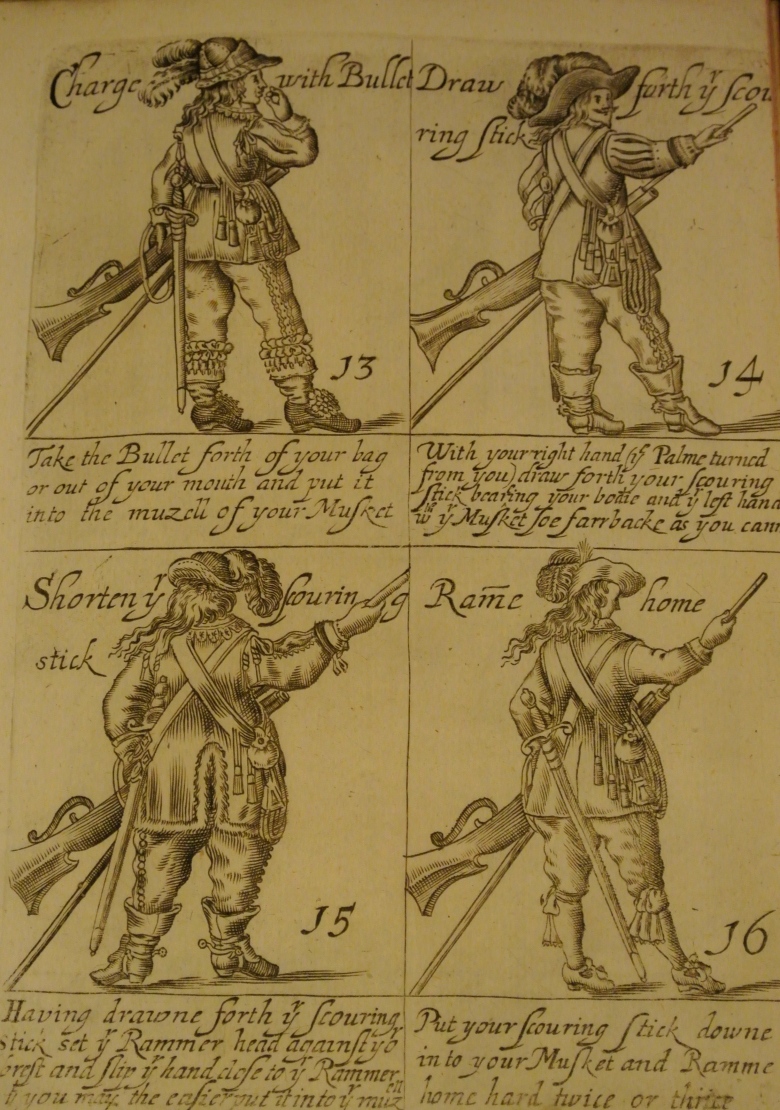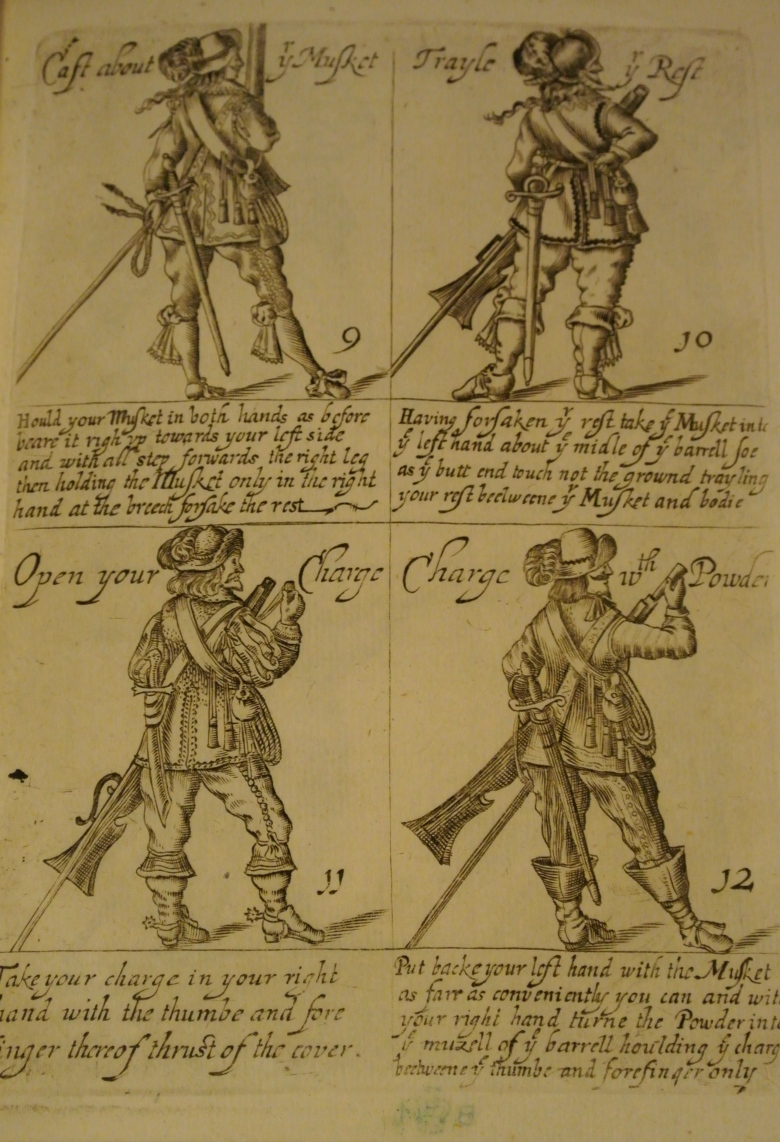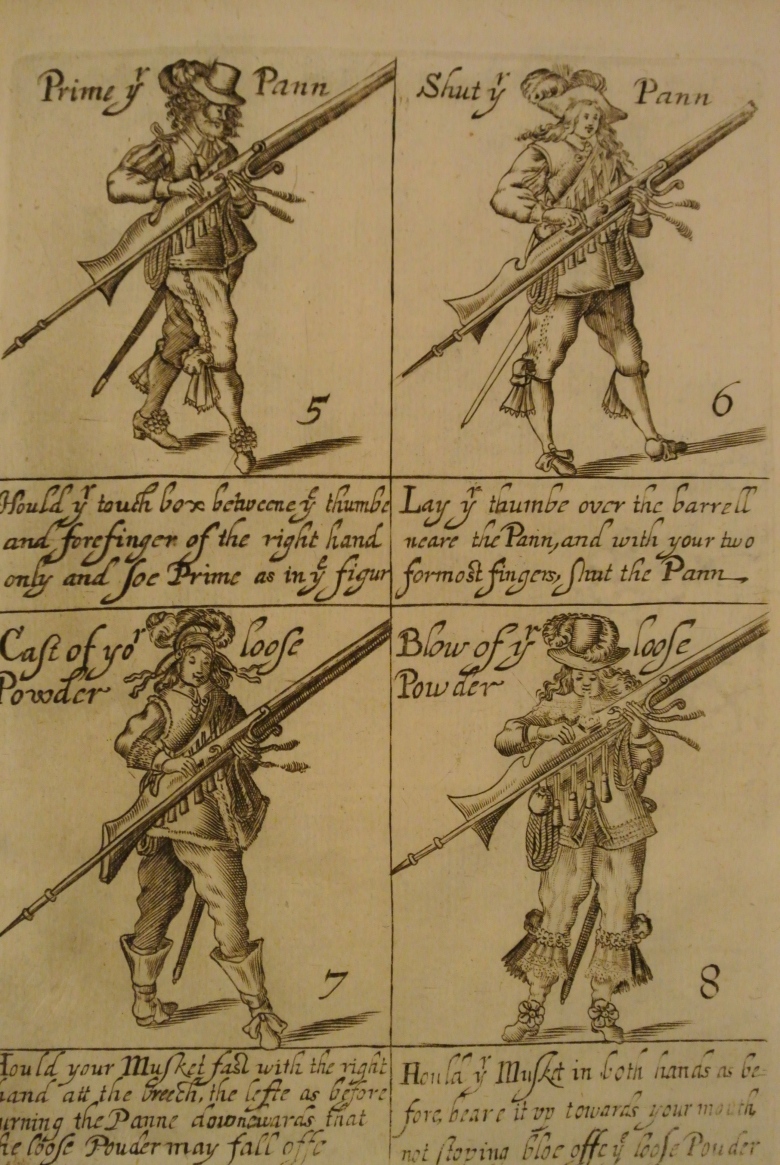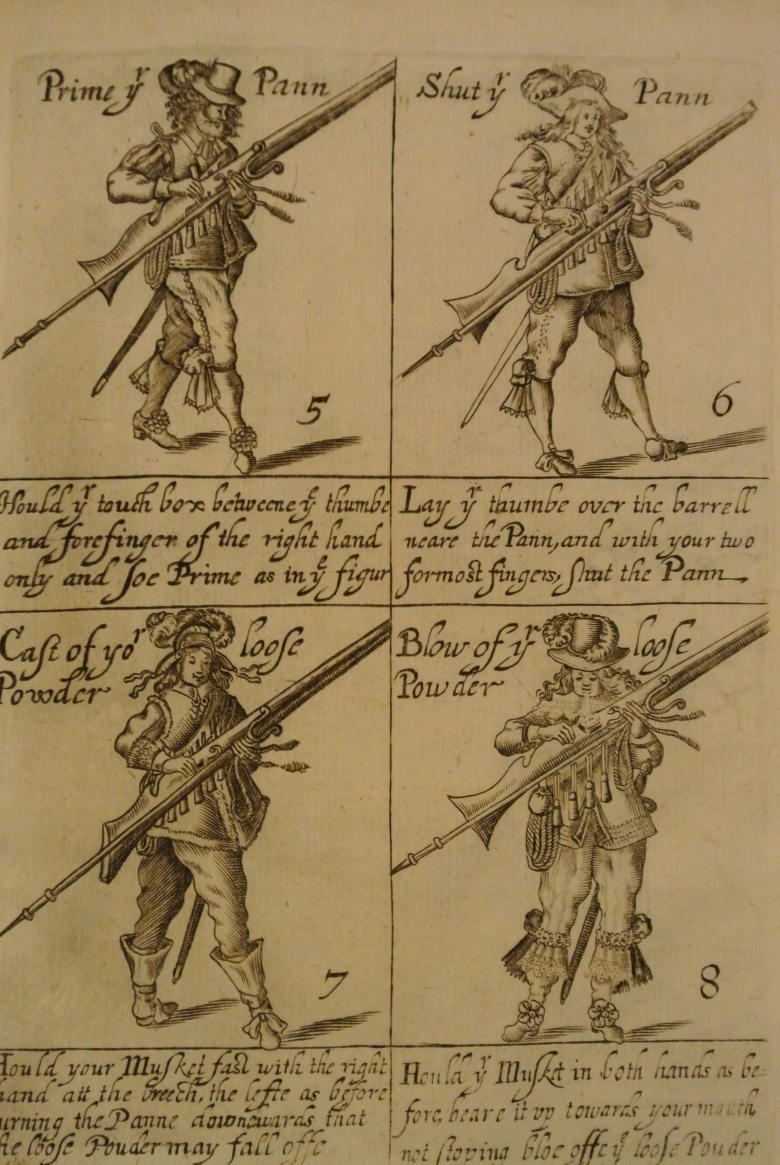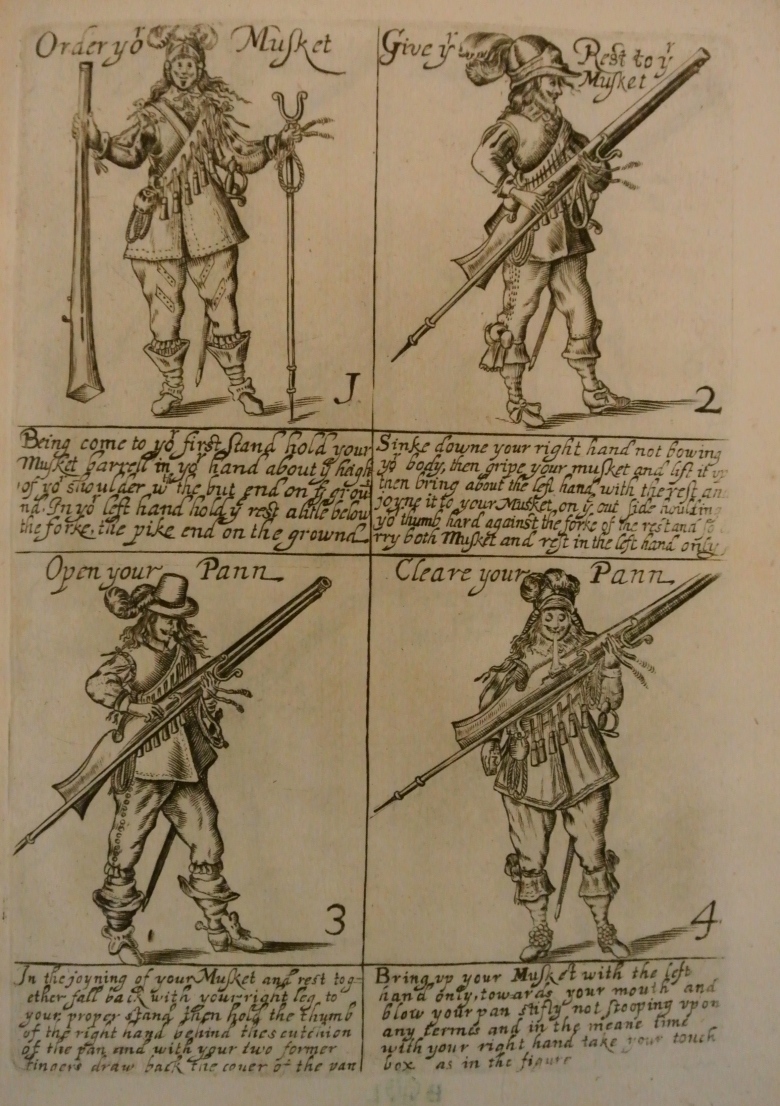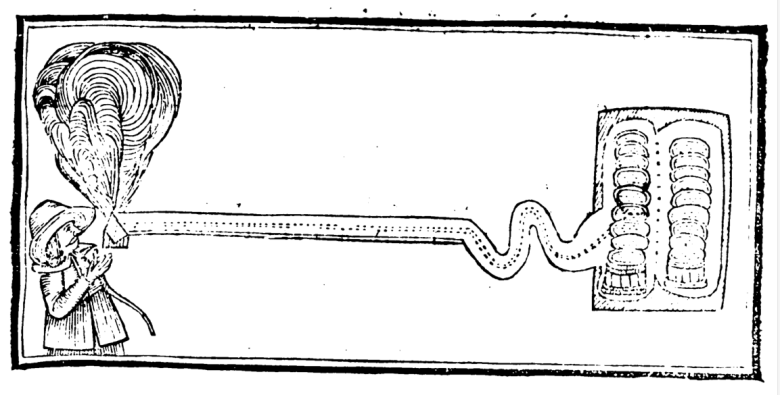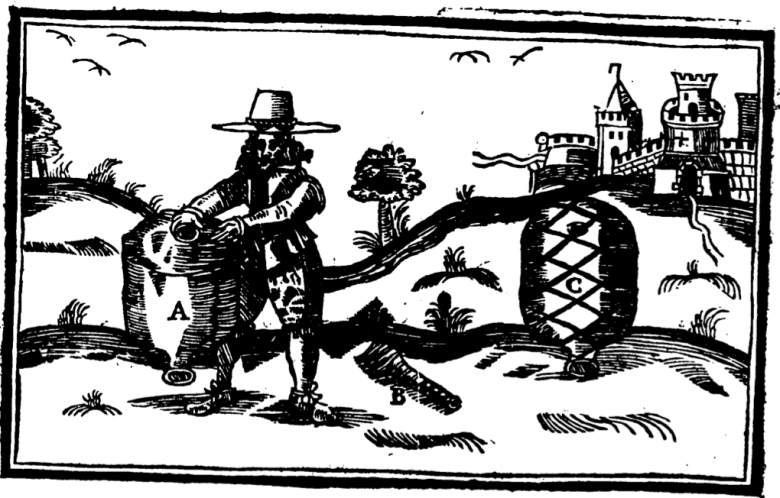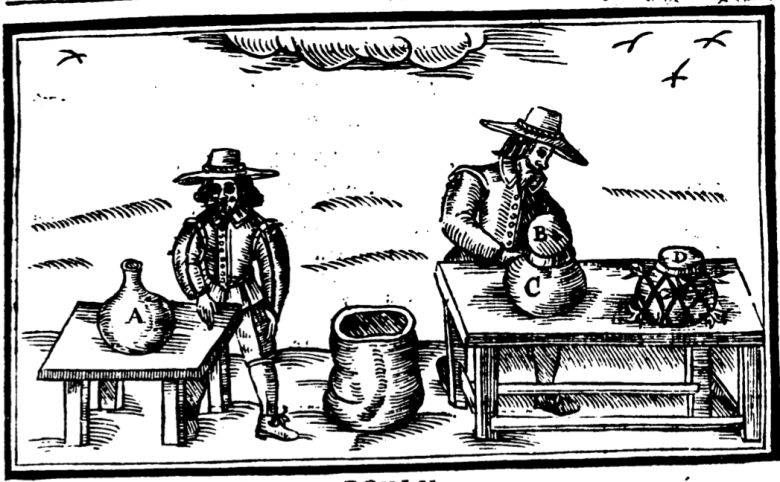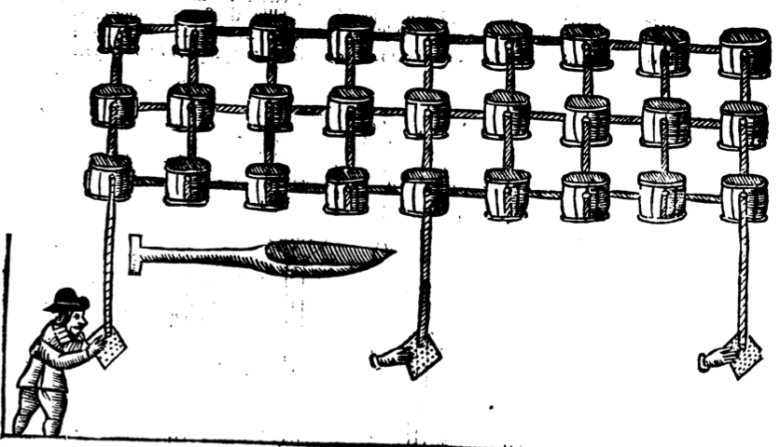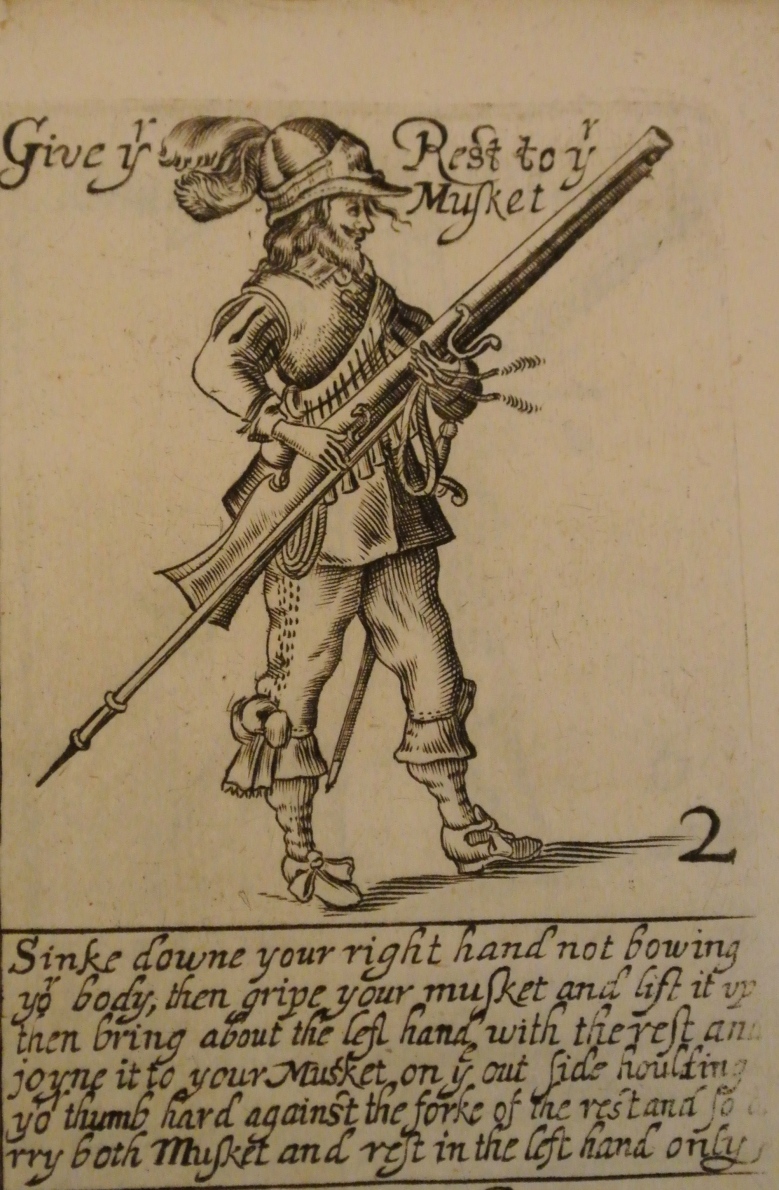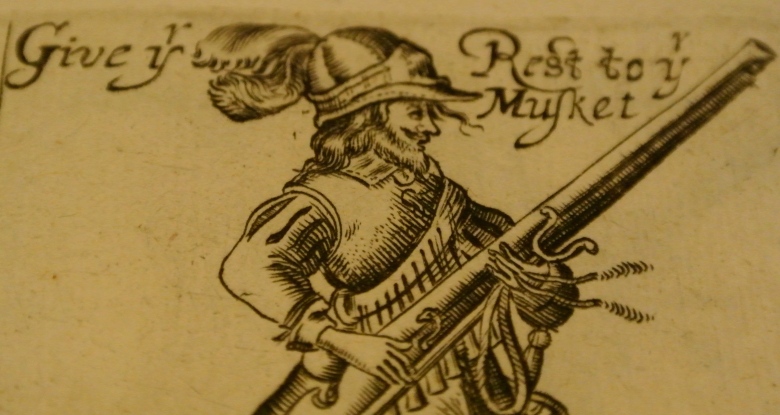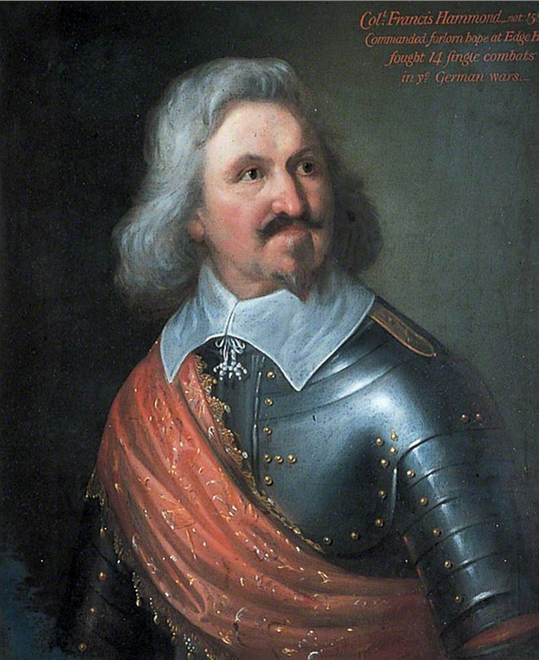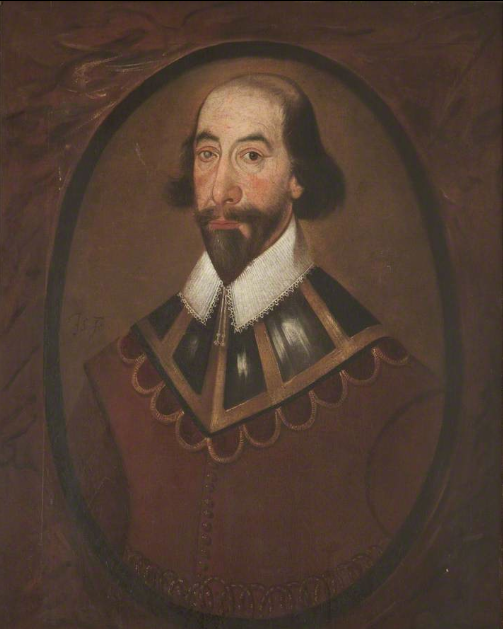
Sir Edward’s portrait was painted by Dobson, probably in 1642. He had raised a royalist cavalry regiment at the start of the war but by all accounts, soldiering wasn’t really his thing. He was in ill health before hostilities began and wasn’t too enamoured of the thought of life on campaign. He subsequently resigned his commission in 1643 and died in June 1644. You can see from his world weary look that he wasn’t not too keen when he sat for Dobson. He wrote a book, Discourse of Proper Sacrifice in 1640 that was published shortly before he died. He had long been keen on the King’s church reforms and the thrust of the text was his hope for peace and the return of the King to Parliament. He wrote “In the meantime, I dare wish that he would make less value of such men both lay and clergy who, by running on the Canterbury pace, have made our breaches so wide and take less delight in the specious way of cathedral devotions”
Sir Edward stares into the distance with a well furrowed brow and his plain linen band and understated strings suggest he’s in his campaign clothes. It’s also been creased somehow since it was last washed and (presumably) pressed The pale taffeta scarf is edged with a small amount of lace too. The plain linen cuffs on his shirt look like they are stained from action and a black or dark brown doublet will also hide the dirt. The turn-back cuffs on the doublet show a red lining. Even the sword belt is a plain serviceable one. This picture hangs in the Regimental Museum of the Royal Welsh in Brecon
